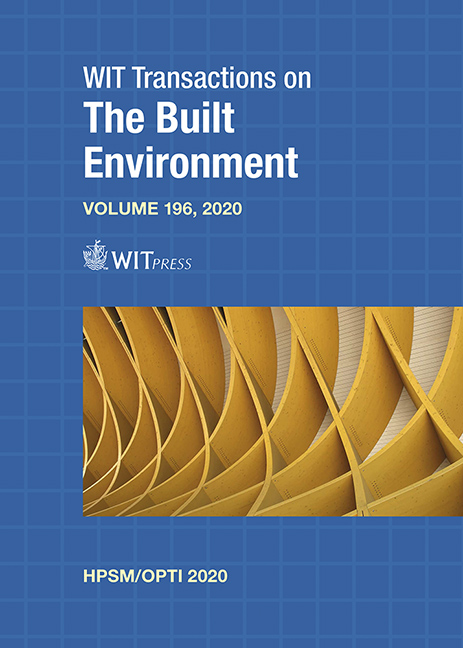IMPLEMENTATION OF THE TERNARY BINDER IN SHOTCRETE DURING THE CONSTRUCTION OF THE METRO TUNNEL IN PRAGUE, CZECH REPUBLIC
Price
Free (open access)
Transaction
Volume
196
Pages
7
Page Range
161 - 167
Published
2020
Paper DOI
10.2495/HPSM200171
Copyright
WIT Press
Author(s)
ŠÁRKA PEŠKOVÁ, RADOSLAV SOVJÁK, VÍT ŠMILAUER, PAVEL RŮŽIČKA, PETR KONVALINKA
Abstract
This paper summarizes recent achievements in shotcrete utilizing ternary binder. Ternary binder is composed mainly from fly ashes and, during hydration, produces large volumes of ettringite beneficial for early-strength gain in shotcrete. Savings in mineral resources, utilization of by-products and reduction in clinker consumption are seen as key benefits for the implemented solution. Design of ternary binder is discussed, including thermodynamical modelling and evolution of volume fractions in the binder. Ternary binder showed high stability with regards to input oxide variations, naturally occurring in heterogeneous fly ash production. Based on the results, a mock-up experiment was performed to verify the effectiveness of ternary binder in shotcrete with excellent results. Approximately 20 tons of the ternary binder is weekly consumed in the pilot project of metro D in Prague. Shotcrete serves as a temporary primary lining in the new Austrian tunnelling method. Substitute for cement in the form of ternary binder reached 50% for concrete strength class C25/30, following J2 curve strength gain.
Keywords
shotcrete, ternary binder, fly ash, ettringite, J2 curve, utilization





